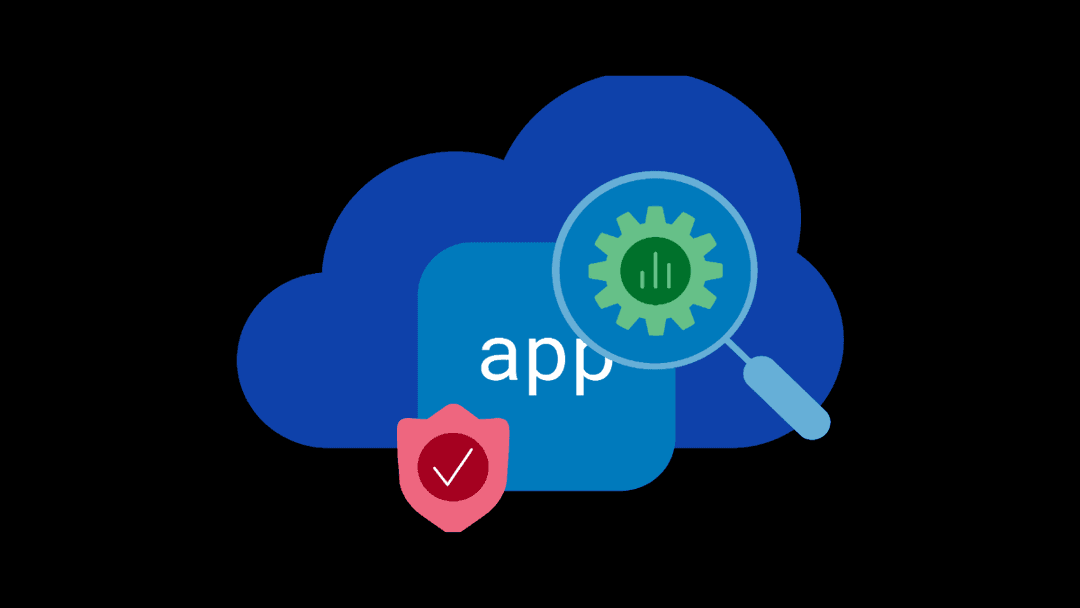Most of us, sharing the trait of being human beings, have experienced what’s commonly referred to as “fight or flight”—an often intense autonomic physical reaction manifesting with a racing heart, tense muscles, and sweaty palms. A sense of panic can accompany the reaction, as well as a decision paralysis that renders our ability to think logically virtually non-existent.
Business has its own version of this response, developed and honed over years of responding to threatening digital situations.
The risk for business is similar to that of the risk to human beings. For humans, overly frequent, intense, or inappropriate activation of the fight or flight response is implicated in a range of clinical conditions. That’s an abbreviated way of saying they can cause real physical damage. On the business side, the invocation of frequent, intense, or potentially inappropriate activation of a digital fight or flight response can be detrimental to the health of business—particularly in the domain of security.
Much like the well-known “stages of grief,” we’ve noted the emergence of “stages of security reactions” over decades of working to mitigate application and infrastructure-related threats.

The Importance of Choosing the Right Response
Rushing to remediation can be one of those reactions that, in the long run, doesn’t turn out to be the best response. Consider that the first released patch for Log4j from Apache was also vulnerable, so organizations that rushed to remediation basically had to start over and re-patch all of their systems again.
It’s at this point where I stop and strongly state that not rushing into remediation doesn’t mean ignoring the risk or erring on the side of inaction.
This is particularly important to remember because failing to responsibly steward the data that drives a digital business has real-world consequences. In the wake of Log4j, The US Federal Trade Commission (FTC) “warned it would come after private sector firms that failed to protect consumer data exposed as a result of Log4j.” (ZDNet)
Why Mitigation Comes First
Mitigation comes before remediation for a reason, not the least of which is to address the human instinct to “do something” and rush to remediation. Rapid mitigation also addresses the need to be responsible stewards of customer data by protecting it from exfiltration while formulating the right remediation action plan.
Mitigation should be the first action taken, especially when dealing with such a pervasive vulnerability that will require in-depth software supply chain exploration. The ubiquity and difficulty of uncovering just where vulnerable packages and components might be hiding is likely behind the finding that “vulnerable downloads for #log4shell still hit 46% overall” on Jan 4. (Sonatype)
The reality of a digital-as-default world is that new and traumatic security vulnerabilities will continue to disrupt business and strain already overwhelmed resources. Because of the robust nature of an enterprise application portfolio—often spanning five generations of application architectures spread across core, cloud, and edge—we should assume that remediation will consume the bulk of time and energy. That’s why fast mitigation is so important. It relieves the pressure and allows for a more deliberate and comprehensive approach to remediation—an approach that includes verifying released patches are safe and enabling developers to update, patch, and test in line with existing release cycles.
Organizations should ensure they have control points across all environments that support mitigation. Web and API protection, content inspection, and blocking capabilities at strategic points of control provide a “platform” of sorts for mitigation in the face of these kinds of pervasive vulnerabilities. These same points of control can also provide valuable information in the form of exposing attempts to exploit such vulnerabilities.
Conclusion
Most of us will remember the fire-drills of our childhood, where we practiced how to safely exit the school in the event of a fire. I also practiced tornado drills, and I’m guessing it’s likely there are children around the world that have practiced preparation for earthquakes or tsunamis. Having a plan, and knowing how to execute on it, can be critical in reducing how much time is spent in panic mode when news of a significant vulnerability hits the wire.
So don’t panic. Make use of strategic control points and focus on fast mitigation so you can execute purposeful remediation.
And remember, practice reduces panic. Planning and executing a “security fire drill” of your own is not a bad idea at all.
About the Author

Related Blog Posts

SaaS-first strategies reshape cloud-native application delivery
F5 NGINXaaS empowers cloud and platform architects to unify operations, reduce complexity, and deliver exceptional digital experiences at scale.

F5 ADSP Partner Program streamlines adoption of F5 platform
The new F5 ADSP Partner Program creates a dynamic ecosystem that drives growth and success for our partners and customers.

Accelerate Kubernetes and AI workloads with F5 BIG-IP and AWS EKS
The F5 BIG-IP Next for Kubernetes software will soon be available in AWS Marketplace to accelerate managed Kubernetes performance on AWS EKS.
F5 NGINX Gateway Fabric is a certified solution for Red Hat OpenShift
F5 collaborates with Red Hat to deliver a solution that combines the high-performance app delivery of F5 NGINX with Red Hat OpenShift’s enterprise Kubernetes capabilities.
F5 Silverline Mitigates Record-Breaking DDoS Attacks
Malicious attacks are increasing in scale and complexity, threatening to overwhelm and breach the internal resources of businesses globally. Often, these attacks combine high-volume traffic with stealthy, low-and-slow, application-targeted attack techniques, powered by either automated botnets or human-driven tools.
Phishing Attacks Soar 220% During COVID-19 Peak as Cybercriminal Opportunism Intensifies
David Warburton, author of the F5 Labs 2020 Phishing and Fraud Report, describes how fraudsters are adapting to the pandemic and maps out the trends ahead in this video, with summary comments.
